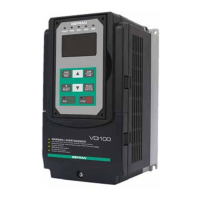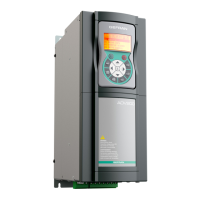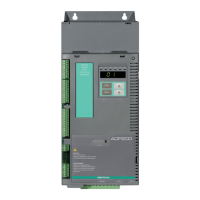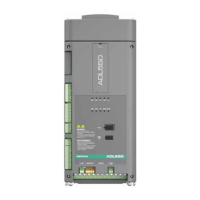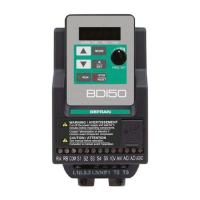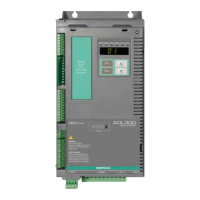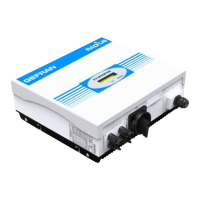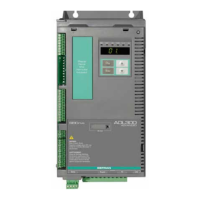20 - Speed Control Parameters
Code Parameter Name / Range
20-00 ASR gain 1
0.00~250.00
20-01 ASR integral time 1
0.001~10.000 s
20-02 ASR gain 2
0.00~250.00
20-03 ASR integral time 2
0.001~10.000 s
20-04 ASR integral time limit
0~300 %
20-05 ASR positive limit
0.1 ~ 10 %
20-06 ASR negative limit
0.1 ~ 1 %
20-07 Selection of acceleration and deceleration of P/PI
0: PI speed control will be enabled only in constant speed.
For the speed acceleration and deceleration, only use P control.
1: Speed control is enabled either in acceleration or deceleration.
20-08 ASR delay time
0.000~0.500 s
20-09 Speed Observer Proportional(P) Gain1
0.00~2.55
20-10 Speed Observer Integral(I) Time 1
0.01~10.00 s
20-11 Speed Observer Proportional(P) Gain2
0.00~2.55
20-12 Speed Observer Integral(I) Time 2
0.01~10.00 s
20-13 Low-pass filter Time constant of speed feedback 1
1~1000 msec
20-14 Low-pass filter Time constant of speed feedback 2
1~1000 msec
20-15 ASR gain change frequency 1
0.0~599.0 Hz
20-16 ASR gain change frequency 2
0.0~599.0 Hz
20-17 Torque compensation gain at low speed
0.00~2.50
20-18 Torque compensation gain at high speed
-10~10%
20-33 Detection Level at Constant Speed
0.1~5.0 %
Parameter 20-33 is used when 20-07 is set to 0 and frequency command source is set to analog input mode.
Analog input signal, owing to the noise, will cause the system to determine the operation does not reach the
constant speed so the problem may occur. Thus, adjust parameter 20-33 to avoid this situation occurring..
262 VDI100 • Instruction manual
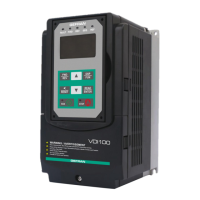
